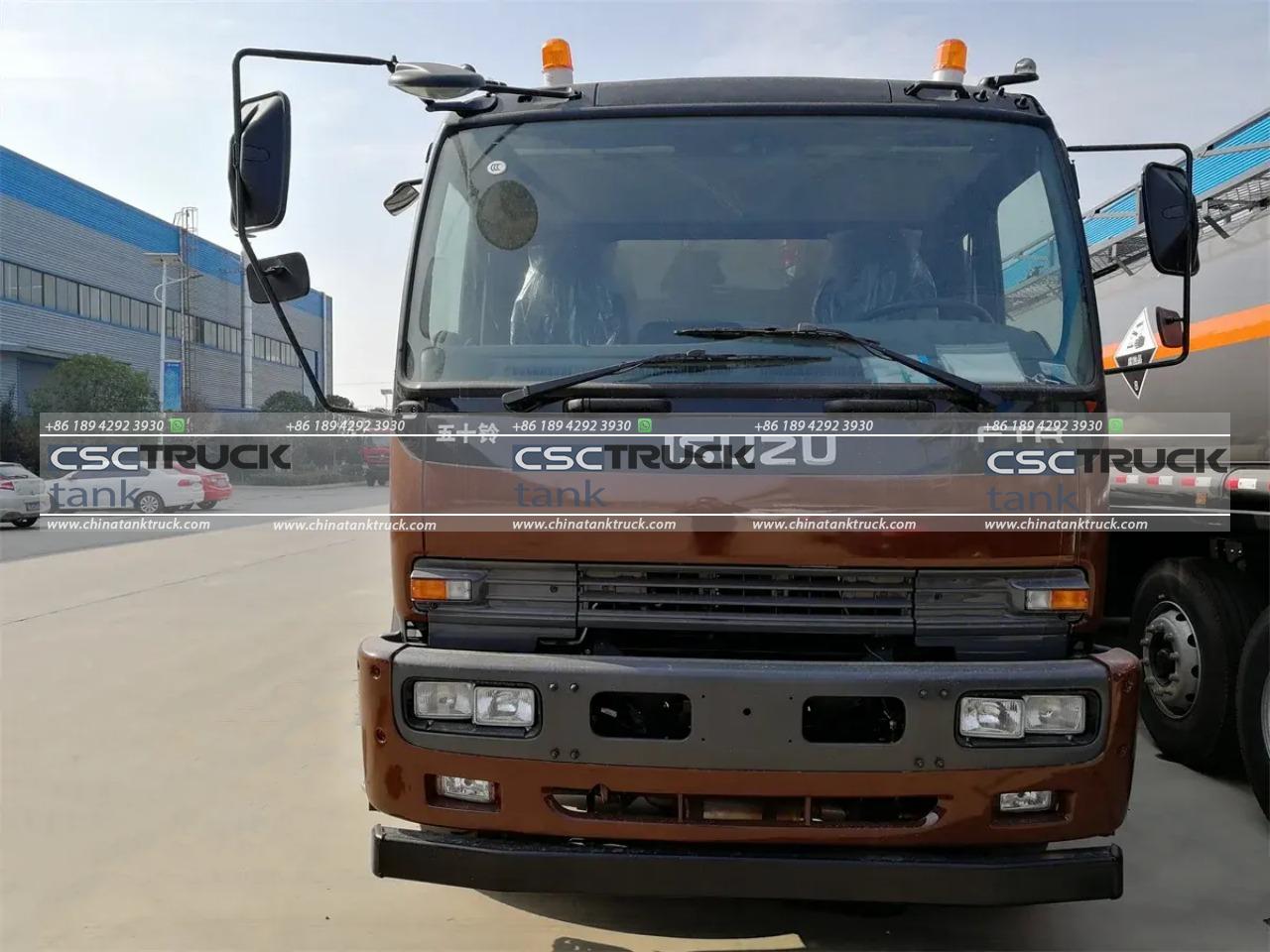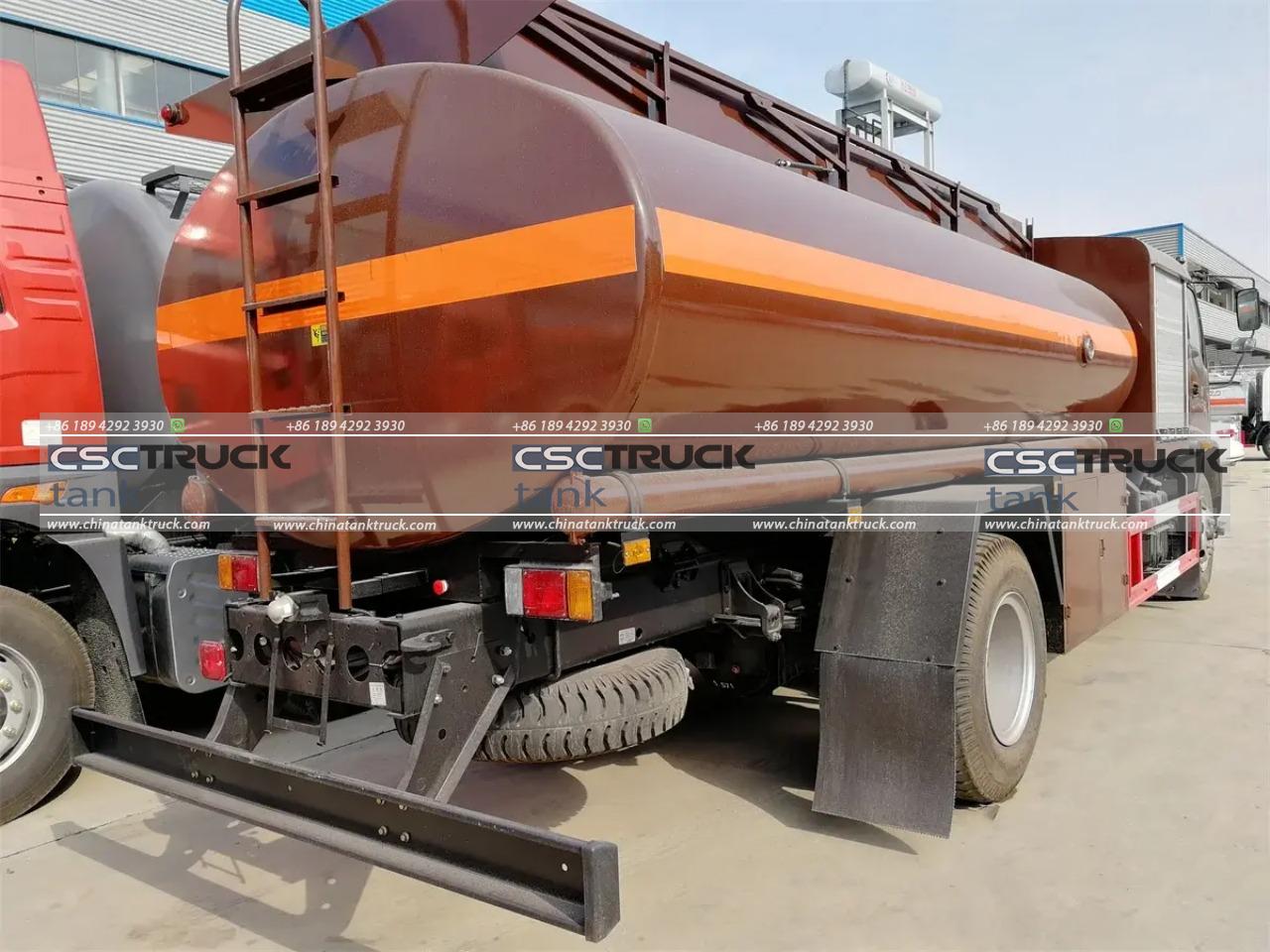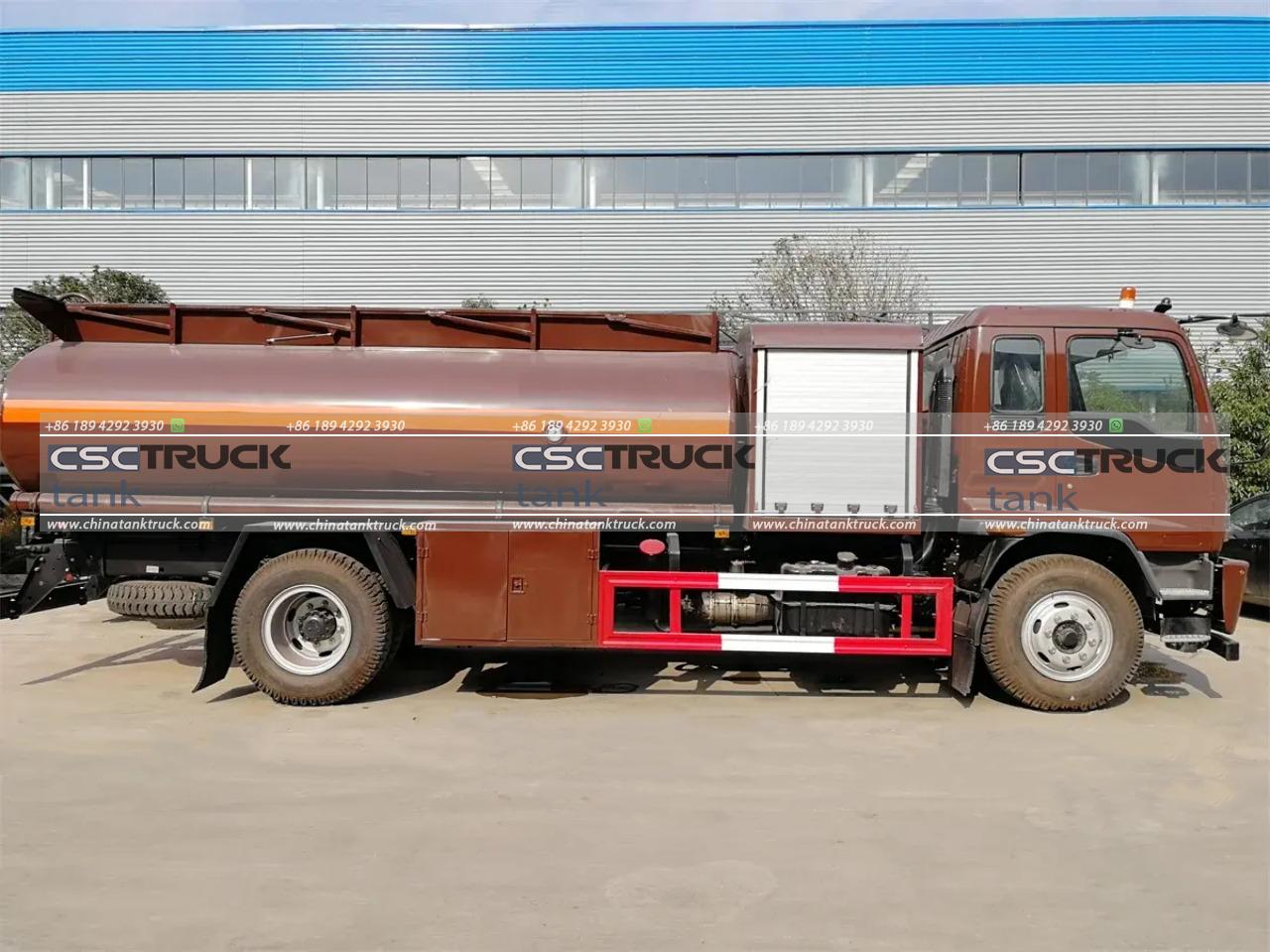Why Are Fuel Tanks?
Fuel tanks are essential components in almost every fuel-powered machine or vehicle. They store the energy sources required to power engines, from small scooters to commercial aircraft, and they play a critical role in both efficiency and safety. The evolution of fuel tank design has responded to the complex requirements of storing volatile substances securely while optimizing the functionality and range of machines. But why do we need fuel tanks? And what makes them so significant?
Purpose of Fuel Tanks
At their core, fuel tanks are designed to do one thing: store fuel safely until it’s needed. This sounds straightforward, but creating fuel tanks that can hold volatile liquids, sometimes under pressure, and in environments as varied as road vehicles, aircraft, ships, and industrial equipment, is quite complex. The primary purpose of fuel tanks can be broken down into several critical functions:
1. Storage: The tank must safely contain the liquid or gas fuel without leaking, evaporating, or spilling. In addition, it has to prevent contaminants from entering the fuel.
2. Safety: Since fuel can be flammable, the tank design must minimize the risk of fire or explosion. This requires a design that can withstand crashes or extreme conditions without compromising its integrity.
3. Distribution: Fuel tanks often include mechanisms to deliver fuel to the engine or power source, maintaining a steady flow that responds to changes in demand (for example, in vehicles accelerating or climbing steep slopes).
4. Ventilation: Fuel tanks often produce vapors, and without proper ventilation, pressure could build up inside the tank, potentially leading to structural damage. Ventilation systems manage these vapors safely.

Why Do We Need Fuel Tanks in Different Types of Vehicles?
Different vehicles require fuel tanks designed for their specific demands. Let’s consider a few examples:
1. Cars and Motorcycles: For these vehicles, the primary considerations are size, durability, and ease of access for refueling. Car fuel tanks are usually located toward the rear for balance and protection in the event of a collision. They are designed to handle smaller amounts of fuel compared to trucks or aircraft, with a focus on reliability and user safety.
2. Trucks and Commercial Vehicles: Trucks, especially those used for long-haul transport, require larger tanks to allow for extended ranges without frequent refueling stops. The weight of fuel and the tank itself becomes a significant factor here, as it impacts the vehicle’s total load and efficiency. Some trucks also use dual-tank systems, which allow for even longer distances and make refueling logistics more flexible.
3. Aviation Fuel Tanks: Aircraft fuel tanks are highly specialized because of the extreme demands they must meet. They need to withstand varying altitudes and pressures, endure extreme temperatures, and keep the weight distribution balanced to maintain stable flight. Aircraft may have multiple fuel tanks located in the wings, fuselage, or even auxiliary locations to distribute weight efficiently and ensure safety.
4. Marine Fuel Tanks: Boats and ships use fuel tanks designed to endure constant motion and exposure to saltwater. These tanks often feature robust materials and corrosion-resistant coatings. Additionally, marine fuel tanks are typically designed with internal baffles to prevent the fuel from sloshing too much, which could destabilize the vessel.
5. Industrial Equipment: Heavy equipment like bulldozers, excavators, and generators need tanks designed for rugged environments. These tanks must be sturdy enough to handle impacts and vibrations and have features that ensure reliable fuel delivery even when the machine is tilted or working on uneven ground.
Key Design Elements of Fuel Tanks
Fuel tanks may look like simple containers, but they are highly engineered components. Key design elements include:
1. Materials: Fuel tanks are often made from materials like steel, aluminum, or high-density plastics. Each material has advantages and trade-offs; for instance, steel tanks are strong and durable but heavy, whereas plastic tanks are lightweight and corrosion-resistant but may be less durable under extreme conditions.
2. Shape and Size: The shape of a fuel tank is carefully designed to fit into the vehicle without wasting space or affecting stability. Tanks may include internal baffles, and partitions within the tank that prevent fuel from sloshing around excessively. This helps stabilize the vehicle, especially when the tank is only partially full.
3. Safety Features: Fuel tanks include various safety features like anti-siphoning mechanisms, anti-rollover valves, and fuel tank guards. These features help prevent fuel from leaking or igniting during an accident. In aviation and high-performance vehicles, fuel tanks may also have special liners to prevent explosions and minimize the risk of fire.
4. Seals and Vents: Seals and vents ensure that the fuel tank is airtight to prevent leaks and that pressure remains balanced. Vents allow air to replace the fuel as it’s used, preventing the creation of a vacuum, which could lead to engine stalling or tank damage.
5. Fuel Gauge: Fuel tanks typically incorporate sensors that measure the fuel level and communicate with a gauge on the dashboard. This lets drivers or operators monitor fuel levels to avoid unexpected shutdowns.

Environmental Considerations in Fuel Tank Design
With increasing concerns over emissions and pollution, fuel tank designs are evolving to be more environmentally friendly. New designs aim to reduce evaporative emissions – the vapors that escape from fuel tanks into the atmosphere. Modern fuel tanks in cars, for example, include vapor recovery systems that capture these emissions and either recycle them back into the fuel system or safely release them after filtering.
Additionally, some fuel tanks are designed to accommodate alternative fuels like biofuels, compressed natural gas (CNG), or hydrogen. Each of these fuels has unique properties that require special tank considerations, such as high-pressure tolerance for hydrogen tanks or corrosion resistance for biofuel tanks.
Maintenance and Lifespan of Fuel Tanks
Proper maintenance of fuel tanks is essential to prolong their lifespan and ensure the safety of the vehicle or equipment. Tanks should be regularly inspected for signs of corrosion, wear, or leaks. Fuel filters should also be checked and replaced to prevent contaminants from entering the fuel system. In cases where vehicles are stored for long periods, such as in seasonal equipment, it’s essential to either drain the fuel tank or add fuel stabilizers to prevent fuel degradation.

Conclusion
Fuel tanks are vital components that enable vehicles and machinery to operate efficiently and safely. Far more than just “containers for fuel,” they are complex systems designed to meet specific needs, whether that’s a small motorcycle or a commercial aircraft. They manage storage, ventilation, distribution, and safety, all while adapting to the particular demands of their environment.
As technology advances and environmental regulations evolve, fuel tank design continues to progress. Future fuel tanks may incorporate advanced materials, smart sensors, and new configurations to store cleaner fuels or even electricity in the form of battery technology. For now, however, fuel tanks remain an irreplaceable feature of modern machinery, embodying a delicate balance of engineering, safety, and functionality.

